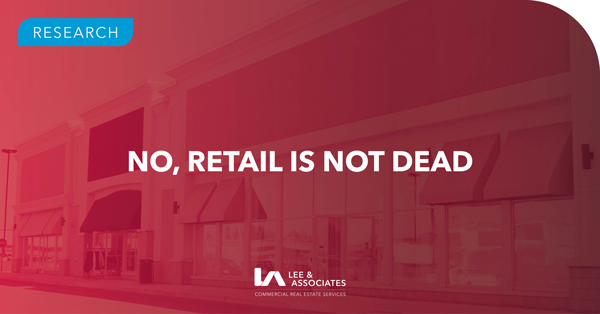No, Retail is Not Dead
/There is a widespread myth that needs to be questioned and confronted, and it goes something like this: First came Amazon, and then came COVID-19, and both killed retail. However widespread, this view of the retail market is inaccurate and incomplete. To be sure, parts of the retail sector are experiencing challenging disruptions, but other aspects of the industry are expanding and thriving. The state of the retail market is a mixed picture of disruption, change, adaptation, and success. This report will review recent consumer retail sales data from the holiday season and January, as well as explain the current state and trends within the sector.





